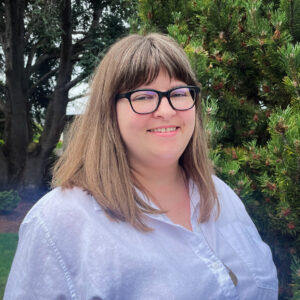Clients often come to us looking for civil engineering, without realizing their project requires some level of planning services. It is common for homeowners or land developers to request civil engineering services to site a new home or building on an undeveloped property, or simply to determine what can be built on a property. This requires insight into general factors like zoning regulations, easement restrictions, critical areas, and access, all of which are specialties of a planner. At this stage, civil engineers provide input in general utility connection feasibility and location of drainage facilities. Once a home or building has an established footprint and is located on the lot, the civil engineering team can design and permit the site. By having planning and civil engineering in the same firm, specialists can work together to prepare a plan that maximizes value and efficiency.
Planners typically look at a wider scope than civil engineers.
While engineers focus on the specifics and technical expertise required for design, planners tend to look at the whole project, which helps when a project expands beyond just a civil design. Working alone, a planner will be less likely to consider utility or drainage feasibility, both critical elements of site development. Certain sizes of development may trigger more stringent engineering requirements, resulting in a project that takes longer to permit or requires additional consultants to complete. Working alone, a civil engineer will be less likely to consider zoning regulations and other property restrictions, which could disrupt permitting and require multiple redesigns. These types of blind spots can lead to costly mistakes.
Planning and engineering teams can consult each other throughout the siting, design, and permitting of the site, resulting in fewer conflicts between the locations and functions of site elements.
Often, land development projects include civil engineering as a major component, but also include building design, multiple types of required permits, and other consultants. A standard multifamily project can include an architect, civil engineer, structural engineer, surveyor, geotechnical engineer, landscape architect, MEP consultants, critical areas consultants, traffic consultant, accessibility consultant, archaeologist, arborist, and green building consultant. Many of these consultants are traditionally managed by the project architect.
Experience has shown us that managing the land-oriented consultants (including surveyor, geotechnical engineer, landscape architect, critical areas and traffic consultants, archaeologist and arborist) as part of the planning/civil engineering scope helps us to coordinate and engage with these consultants more closely and throughout design.
As the planner at CG, I will engage consultants on schedule, permitting, and scope, while our civil engineers will engage on specific details of design. This allows us to coordinate site development at a higher level, similar to how architects may engage with building-oriented consultants during their design process.
By combining planning and civil engineering in the same firm, we have direct access to specialists in key fields who can work together to tackle different elements of site development at the same time.
This has been a valuable strategy that adds value to our land development projects from day one.

About the Author: This blog is authored by Carmel Gregory, Planner, at CG Engineering. Carmel has over a decade of experience in the field of planning and architecture. She specializes in pre-development planning services, project management, and permit expediting. She has played a key role in the success of many projects locally and internationally, including multifamily and residential projects, commercial projects, plats, and master plans. Carmel holds a BA in International Studies from Trinity Western University and a Master’s Degree in City and Regional Planning from University of Cape Town. She is a member of the American Association of Planners.
